I've searched through a dozen questions similar to this one, but none with the same problem I've came upon. I have a map with units, 1000x1000 units, think of it as pixels. The problem is that I have to uniformly spread circle-shaped into the 1000x1000 map and all I could come up with till now is this:
$quadrant = array_search(min($quadrants), $quadrants); // the quadrant with less points
$radius = (current_points_number / sqrt(pi() / $points_density);
$angle = pi() * mt_rand() / 2 / mt_getrandmax();
$x = round((($quadrant == 2 || $quadrant == 3) ? -1 : 1) * cos($angle) * $radius + 500);
$y = round((($quadrant == 3 || $quadrant == 4) ? -1 : 1) * sin($angle) * $radius + 500);
The result of this actual algorithm is, as you can see in the next image, a problem, since it tends to make points denser to the center of the circle and widely scattered on at it's margins.

Any suggestion would be highly appreciated.
